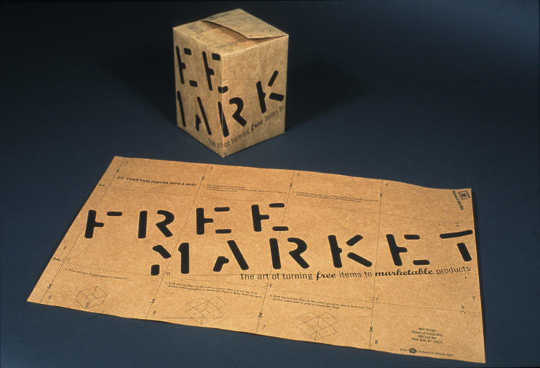
Buying ethically sourced products is not as straightforward as it might seem, according to the first large-scale analysis of sustainable sourcing practices.
Imagine, for example, you want some chocolate. You scan the market shelf for a bar with a Fair Trade or Rainforest Alliance certification because you don’t want your indulgence to drive labor abuse and deforestation. It’s the right thing to do, right?
While more than half of the global companies surveyed apply sustainability practices somewhere in their supply chain, according to the study, these efforts actually tend to have a much more limited reach than consumers might imagine given media attention to the issue and the proliferation of sustainable product labeling.
“Our results show a glass half full and half empty,” says study coauthor Eric Lambin, professor in Stanford University’s School of Earth, Energy & Environmental Sciences and a senior fellow at the Stanford Woods Institute for the Environment.
The paper, published in the Proceedings of the National Academy of Sciences, relates sourcing practices to the UN Sustainable Development Goals, an agenda for a sustainable global economy. With global supply chains touching more than 80 percent of global trade and employing more than one in five workers, corporate supply chains have the potential to play an outsized role in achieving the UN goals.
The researchers analyzed 449 publicly listed companies in the food, textile, and wood-products sectors, and found about half use some form of sustainable sourcing practice ranging from third-party certification of production standards to environmental training for suppliers. Among their findings:
- More than 70 percent of sustainable sourcing practices cover only a subset of input materials for a given product. For example, a company might use recycled materials for the packaging of a product, but leave the remainder of a product’s upstream impact unaddressed.
- Only 15 percent of sustainable sourcing practices focus on health, energy, infrastructure, climate change, education, gender, or poverty.
- Almost all sustainable sourcing practices address only a single tier in the supply chain, usually first-tier suppliers, such as the textile factories that sew T-shirts. Often, the remaining processes, from dying the cloth to growing the cotton, remain unaddressed.
- More than a quarter of sustainable sourcing practices apply to only a single product line. For example, a company may use Fair Trade certification for only one type of chocolate bar among many that it sells.
“Advancing environmental and social goals in supply chains can quickly become very complex,” says study coauthor Joann de Zegher, a postdoctoral fellow at the Stanford Graduate School of Business. “This complexity is reflected in our findings that companies use a broad range of strategies and that current efforts have limited reach.”
On a hopeful note, the researchers find that companies on the receiving end of consumer and civil society pressure are “significantly more likely” to adopt at least one sustainable sourcing practice. So, perhaps unsurprisingly, companies headquartered in countries with many active nongovernmental organizations are more likely to use sustainable sourcing practices, according to the study.
“The pressure consumers put on firms when they demand more sustainable products might be paying off,” says study lead author Tannis Thorlakson, a graduate student in the Emmett Interdisciplinary Program in Environment and Resources of Stanford’s School of Earth, Energy & Environmental Sciences.
“I hope this paper acts as a call to action for those 48 percent of companies that aren’t doing anything to address sustainability challenges in their supply chain.”
The National Science Foundation and the Teresa Elms and Robert D. Lindsay Fellowship at Stanford supported the work.
Source: Stanford University
Related Books
at InnerSelf Market and Amazon

























